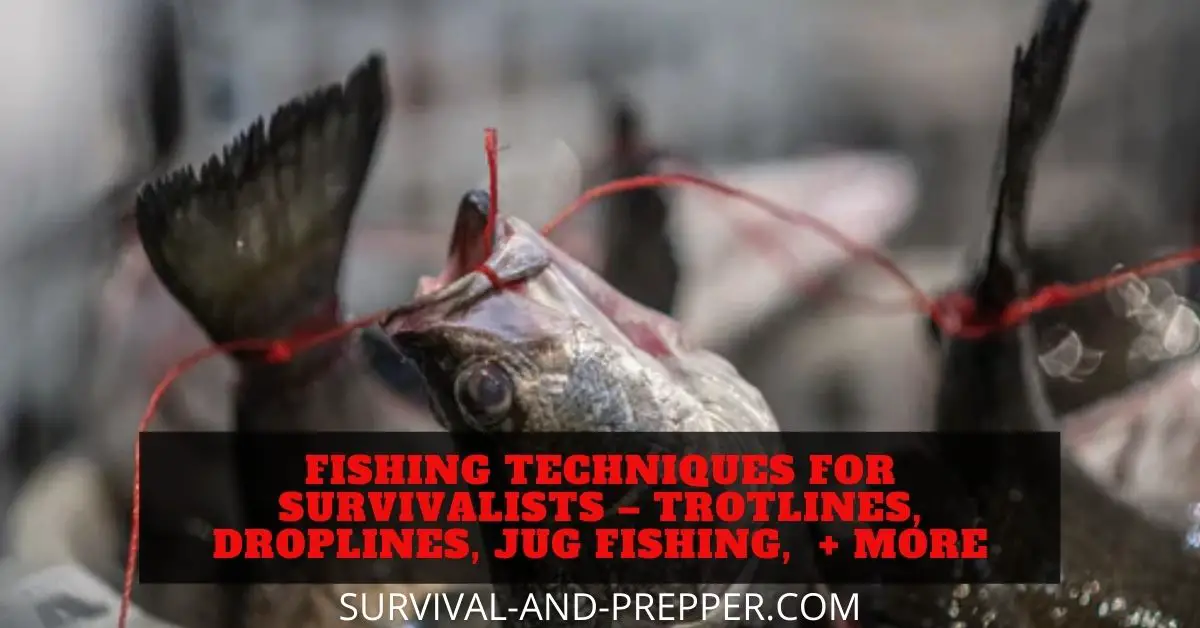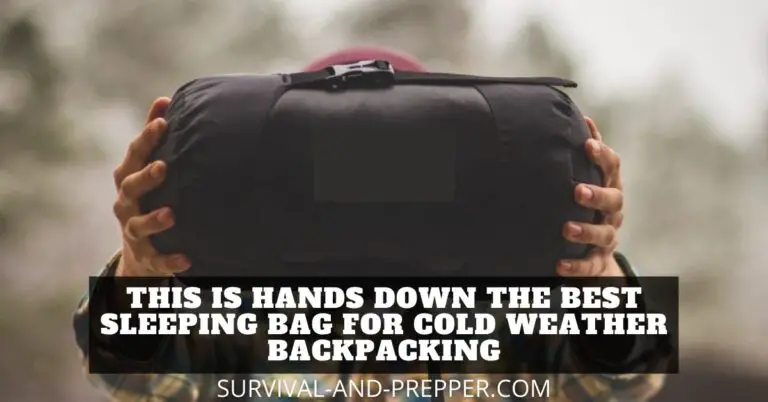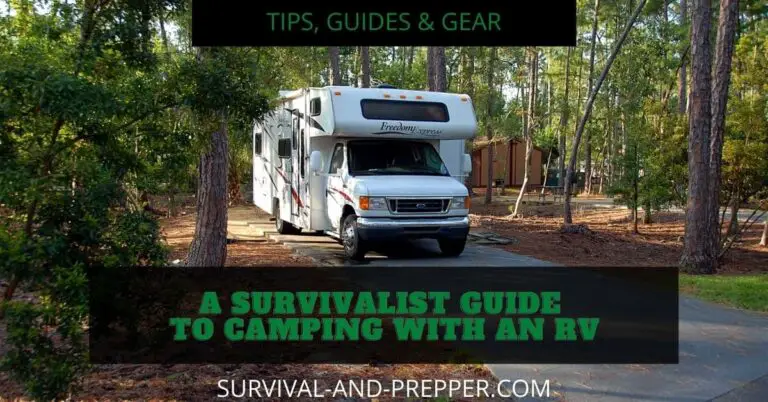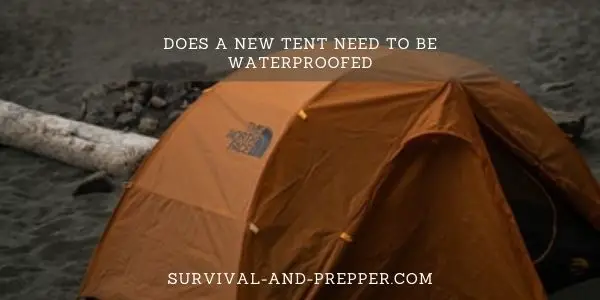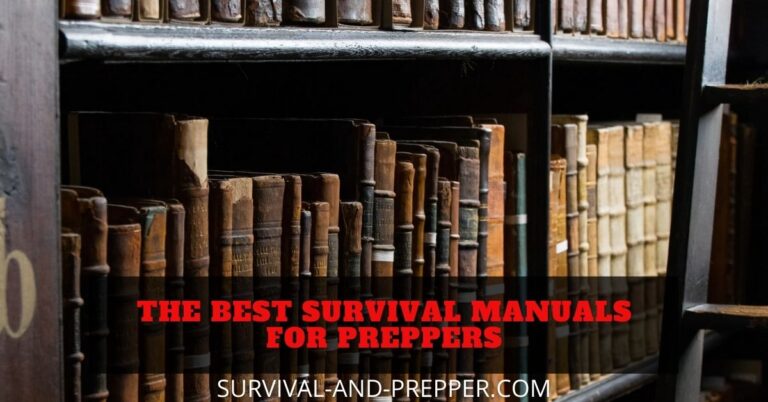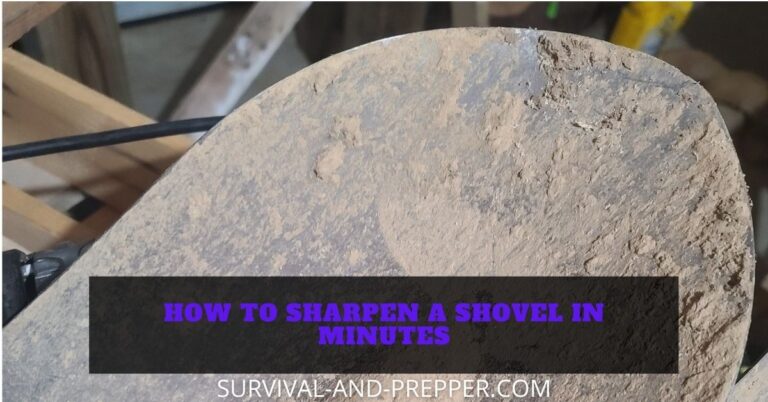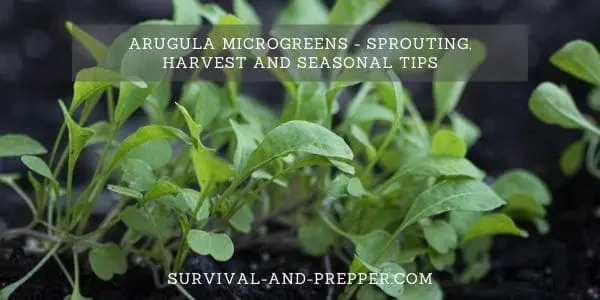Fishing Techniques for Survivalists – Trotlines, Droplines, Jug Fishing, + More
Why fishing tips for survivalists?
When you consider a SHTF situation, a main concern is food and water. If you plan your bug out location near a stream, river or lake then you can potentially guarantee both of these in abundance. There is a possibility that a time will arise in which you absolutely must catch a fish or starve. In this, instance you cannot sit back and hope a fish bites your one line, you need to take steps to go after that much needed meal. Have you ever caught a fish without using a traditional rod and reel? These fishing techniques for survivalists will give you a few new ideas to store in your arsenal.
Fly Fishing – 5 Rods and Reels – Bust those Spring Fish
Regulations regarding fishing
Obviously, in a SHTF situation regulations are not that big a concern. However while you learn these techniques and practice them, make sure that you are not violating any local laws. Due to the vast differences in this area depending on your location, I am not even going to attempt to cover the specifics in this area.
Fishing Techniques for Survivalists – # 1 Trotlines
This is one that you definitely want to check local laws on before you try it in a non SHTF scenario. A trotline only works in a moving water source such as a stream, creek, or river.
The main advantage to Trotlines is that you can install numerous separate snoods and have the potential of hooking several fish. In most variations, they do not need to be attended constantly and can be set over night and checked the following day. This allows you to focus time on other needed tasks.
The main disadvantage is it is difficult to see the line when it is submerged and damage to both people and animals is possible as well as to boats. Another down side is if you are dealing with a larger body of water you will need a boat in order to deploy the trotline as it works best when strung from one side of the water to the other.
Piscifun -Tackle Storage Options
Construction of a trotline
Construction of a trotline is simple. It consists of a heavy line secured to the bottom. Several short lines are attached along this heavier line and are called “snoods”. Each of these snoods is attached to the main line with a swivel and will contain a hook and bait. The intention here is that the river current causes the lines to be suspended horizontally. This presents the bait for bottom feeders. It is specifically effective for catfish and similar bottom feeders. It is important that these snoods be of a length and spacing that prevents them from becoming tangled in one another. So for example if using snoods that are one foot, which is a good length, long then you would want to space them about three feet apart. A length of one foot or more is recommended to take advantage of the Horizontal presentation of the bait.
A variation of a trotline commonly used for crabs is to secure large meat items such as chicken necks to the main line. This is then anchored across the channel with no hooks. The fisherman or “waterman” as they are called, works the trot line from end to end, moving very slowly. He lifts the line to the surface and nets any crab that may be hanging on and feeding on the bait. The line is then lowered back down and he continues to the next snood.
Fishing Techniques for Survivalists – # 2 Droplines
A drop line is very similar in design to a trotline. The main difference in this case is that the line either floats on top of the water or is suspended just above the water line. It still uses snoods secured in the same manner; however, these hang straight down into the water and need to be somewhat longer.
The main advantage of a dropline over a trotline is that it does not require moving water. As such, it can be used in nearly any body of water assuming that you have a way to secure the main line. Once set droplines do not require constant monitoring. Because they are usually visible above or on the surface of the water, they pose slightly lower risks. Droplines are great for targeting natural fish locations such as the drop off of shelves or a known underwater obstacle.
One of the main downsides is that since the dropline is visible thefts are possible in a SHTF situation.
Fishing Techniques for Survivalists – # 3 Jug Fishing
Jug Fishing was a technique popular where I grew up in the southern backwoods. Jug fishing works well as the jug or other floatable device will set the hook when a bit is received.
The advantages of jug fishing are that it can be set and rechecked later though you will need to stay close by to monitor them. If you set the jug style as free floating they can drift around the water and potentially find the fish that may not have been in the exact area the jug was deployed. Due to their nature, you can set out many jugs at once and it is not uncommon to see an angler that has up to twenty jugs out at once.
Some of the disadvantages are that in a free-floating style the jugs may float away and you will need to track them down. If you decide to opt for a weighted method, then you will need a weight of at least one to two pounds to secure the jug in place. They are visible so you run the risk of someone taking an unattended jug.
Construction of a Jug Fishing Rig
In the traditional design, you select an empty bottle or jug of some sort as the float. Milk jugs, two and three liter bottles and even twenty-ounce bottles in some cases work well for this. Catfish are a great fit for this method and milk jugs tend to work great for them. To set up a free-floating jug, tie a line of the desired depth to the neck of the bottle. Place a small weight at the end of this line. You can then suspend a single hook or more from the jug on a line similar to a snood. It is a good idea to attach this to the vertical line with a swivel. If using more than one hook make sure, the snoods are not long enough to touch each other.
When setting up a fixed Jug you will want to select a larger jug. Use a stout main line as it will have a heavy weight attached. Find the depth of the area you intend to set the jug and tie a weight on the end of the main line at that depth. Starting about a foot and a half up from that point add your first hook. You can add a second or third hook higher up depending on your depth.
Newer “jugs” are often made from a short piece of PVC pipe wrapped with a pool noodle. The line is secured to one end. It is then set up similar to the above styles. When a fish is hooked by one of these it will frequently stand up in the water giving clear indication of the fish.
In each instance, make sure that you take steps to make them readily visible. One technique is to paint them a florescent color so they stand out. Another is to put chem lights inside of them at night.
How to fish jugs
Once you have your jugs set up its time to take them down to the water. They are baited with small bait fish, worms, stink bait or really any other kind of bait you choose. If using free-floating jugs you need a boat. Toss them all into the water 15 or so yards apart and then maneuver the boat so that you keep them in site as they float around. Once you see signs that a fish has taken the bait, you need to work quickly to snag the jug. This can be by hand, net or a long pole with a hook on the end. Some larger catfish will pull the jug completely underwater and it will resurface some distance away. So keep that in mind and be ready to chase them down if necessary.
Fixed Jugs can be used from the shore if needed or in the case of small waterways such as streams. Simply toss them out into the water and use a long pole or stick to snag them and pull them in when needed.
Make sure you check the regulations for your state as more places are starting to limit jug fishing.
The realistic EDC Bag
Fishing Techniques for Survivalists – # 4 Bush Lines
One of the most simple techniques is rigging up bush lines. These are essentially lines tied off to small branches that dangle into the water along a creek or stream. They work for ponds and lakes as well though have to be set up slightly different.
First you will want to roughly gauge the depth of the water source. If you are fishing a small stream I would select an ideal stretch fifty to a hundred feet long with several branches jutting out over the edge that you can reach.
Tie a line to the branch and extend enough string to reach the water and go down about a foot below the surface. Place a hook and small weight on the end, bait it up and drop it into the water. Move on to the next spot and Repeat. Once you reach the end of your designated area return to the beginning and check them.
Given most streams tend to have large pan fish those are what you will be targeting in this manner. If your water source is a lake or pond then you may want to add several feet to the line, a larger slip weight and toss the line out letting it settle to the bottom. The target here is going to be catfish. They tend to be larger and prefer to feed on the bottom.
The advantage here is they can be set up using only line and hooks, a weight is optional as well. They can be easily deployed from the shore, and you can have multiple lines in the water at once. The main draw back is it may be more difficult to target certain areas and you have to check them a bit more frequently.
Fishing Techniques for Survivalists – # 5 Fish Baskets
Fish baskets are a method that has been used for centuries. They can be constructed from numerous materials to include, vines and sticks, bamboo, polymers and metal. The most common ones today are a mix of metal and plastic.
Fish baskets are great for catching multiple fish and probably require the least amount of attention to yield food. The main down side is that they tend to be bulky.
The traditional fish basket consisted of a woven cylindrical shaped cone with a smaller cone in the center. This smaller cone would have an opening in the middle, which permitted the fish to swim inside. Once inside of the larger cone the fish become trapped there allowing them to be harvested. Bait is placed inside of the larger cone past the mouth of the smaller cone.
Fish baskets are great in any water source and depending on the design can catch other marine life as well. In a survivalist situation, if you have the time to prepare the baskets this is probably the most likely method of obtaining fish.
Fishing Techniques for Survivalists – # 6 Fish Weirs
A Fish Weir is similar to a fish basket in that the goal is to get the fish to swim into the trap. In the case of a fish weir you will attempt to channel the fish into an area where they will become trapped and you can easily catch them via hand or a net.
These are commonly located along streams in locations that fish would normally travel anyway. Using a log or rocks to channel the fish you want to channel them into a small pool of slow moving water. When you come to check your Weir you can block off the entrance if you see any fish inside increasing your chance of catching them.
Fishing Techniques for Survivalists – # 7 Fishing Spears
Fishing spears are a more direct way of catching fish. This will require you hunting along the shoreline or from a boat until you observe a large fish. You will then attempt to strike the fish with the spear. Keep in mind that you will need to aim lower than the wish in order to account for the refraction of light.
Construction of your Survivalist Fishing Spear
In order for your spear to be effective, it will need to be capable of trapping the fish on the spear. A common way of accomplishing this is having three prongs side by side with the outer two prongs having reverse notches in them so that when they puncture the fish, it cannot slide back off the prongs.
How to Catch Crawfish
Now choose your favorite and try it out
Now that we have discusses six methods to catch fish in a survivalist environment pick a few of these and see how they work for you, also make plans to incorporate these methods into your survivalist kit so if SHTF you can carry out these tasks. Once you have practiced and worked out how to perform at least two of these options then you can put together a small kit for your bug out bag. Alternatively, you can snag this kit from Amazon, which contains supplies for many of these tips.
A few other options are catching them by hand, catching them with a pole, bow fishing, cast nets, and using landing nets. Also remember in a pinch other items can be used as improvised fishing tackle for instance kite string or even a deconstructed bed sheet can be used in place of fishing line. For hooks you can make several versions of wooden ones, old pop can tops can be cut into hook shapes. So remember to think outside of the box.
Make sure you sign up for our Newsletter to receive even more great tips. Feel free to browse the site and leave your comments below.
